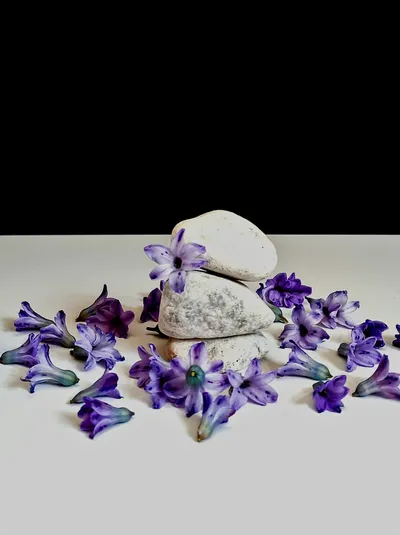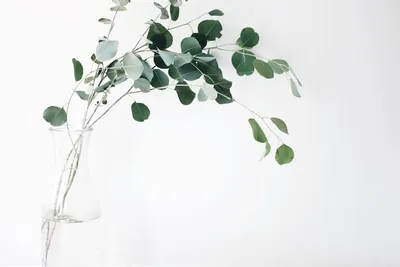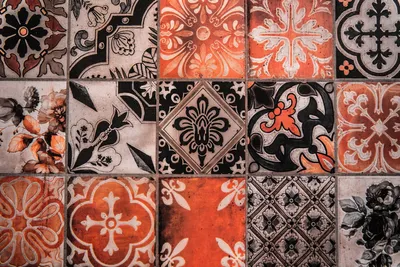Harmonizing Contrasting Textures and Patterns for a Balanced Interior

The Importance of Balance in Interior Design
Creating a balanced interior design is essential for a harmonious living space. When well-executed, contrasting textures and patterns can add depth, interest, and sophistication to any room. However, without careful planning, these elements can clash, resulting in a chaotic and disjointed look.
Understanding Textures and Patterns
What Are Textures?
Textures refer to the surface quality of materials used in interior design. They can be soft or rough, matte or shiny, and can significantly affect the visual and tactile experience of a space.
What Are Patterns?
Patterns are repetitive designs that add visual interest. They can be geometric, floral, abstract, or organic. Patterns often create a focal point and bring character and personality to a room.
Tips for Harmonizing Textures and Patterns
1. Start with a Neutral Base
Use neutral colors for the larger elements of the room, such as walls, floors, and large furniture pieces. This neutral base provides a calming backdrop that allows your contrasting textures and patterns to shine without overwhelming the space.
2. Choose a Dominant Element
To avoid a cluttered look, select one dominant texture or pattern that will serve as the focal point. This could be a textured wall, a patterned rug, or an accent chair. The dominant element sets the tone and guides the selection of complementary textures and patterns.
3. Vary Textures for Depth
Incorporate a mix of textures to add depth and dimension. Combine soft fabrics like velvet or linen with harder materials like wood or metal. This contrast creates a visually intriguing and tactilely pleasing experience.
4. Use Patterns Strategically
Patterns should complement, not compete with each other. If you choose a bold pattern for one element, balance it with more subtle patterns in other areas. For instance, a statement floral wallpaper can be toned down with simple, geometric patterned cushions.
5. Keep Scale in Mind
The scale of your patterns should be proportional to the size of the room and its furnishings. Large patterns can make small spaces feel cramped, while tiny patterns may get lost in a large room. Balance is key.
6. Stick to a Cohesive Color Palette
A unified color scheme ties different textures and patterns together, creating a cohesive look. Choose colors that complement each other and match the overall mood of the space.
Conclusion
Mastering the art of harmonizing contrasting textures and patterns requires a keen eye for detail and a balanced approach. By following these tips, you can create an interior design that is both visually appealing and cohesive, reflecting your unique style. Remember, the key is balance and thoughtful selection.
Top Interior Design Posts
Check out our most popular articles on interior design, featuring reader favorites on plants, textures, patterns, and more.



